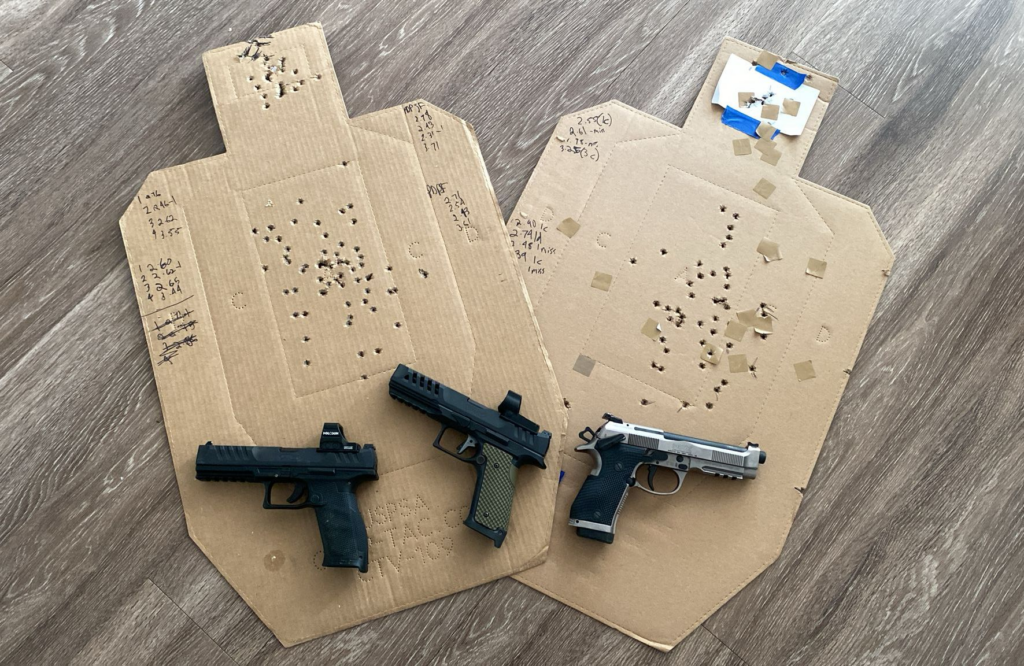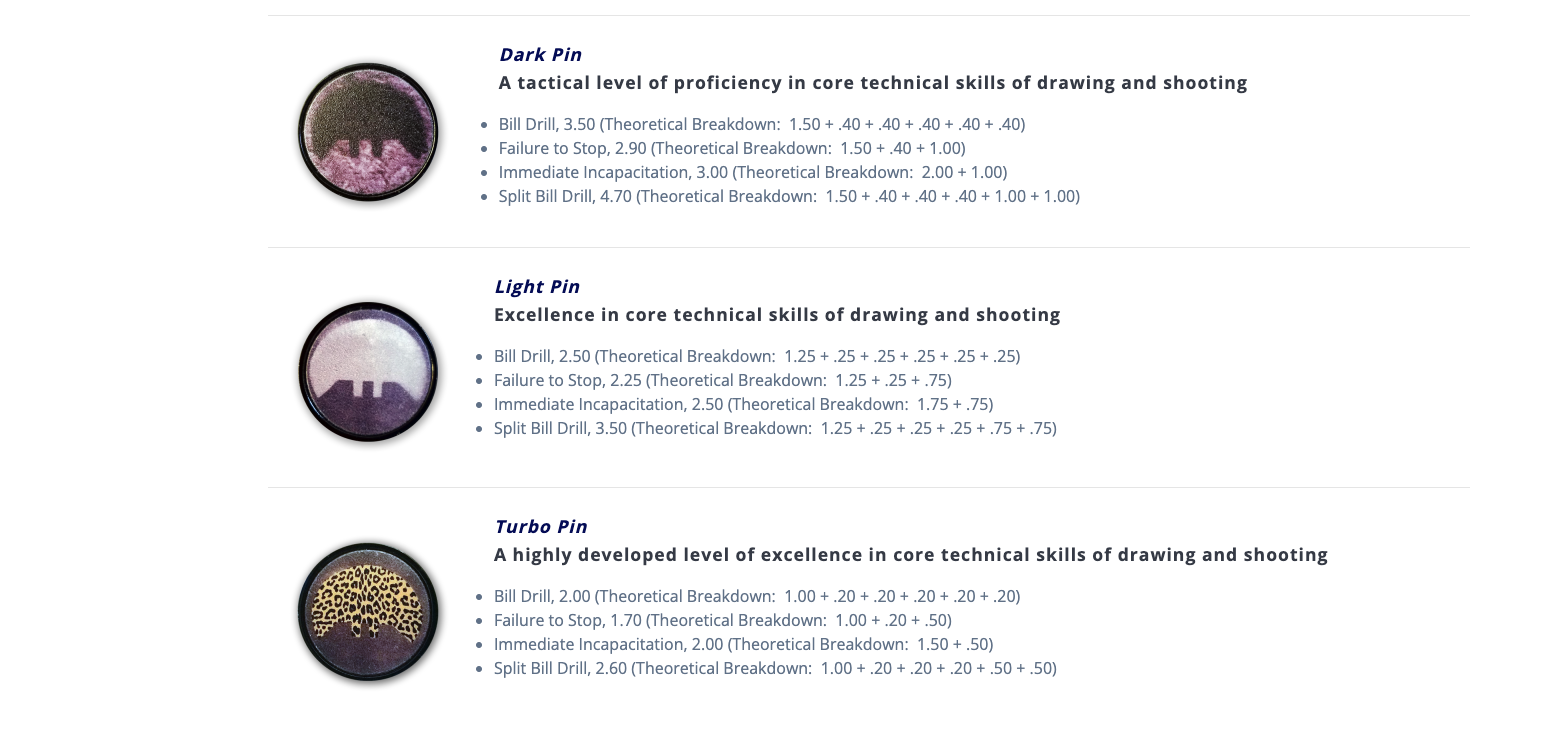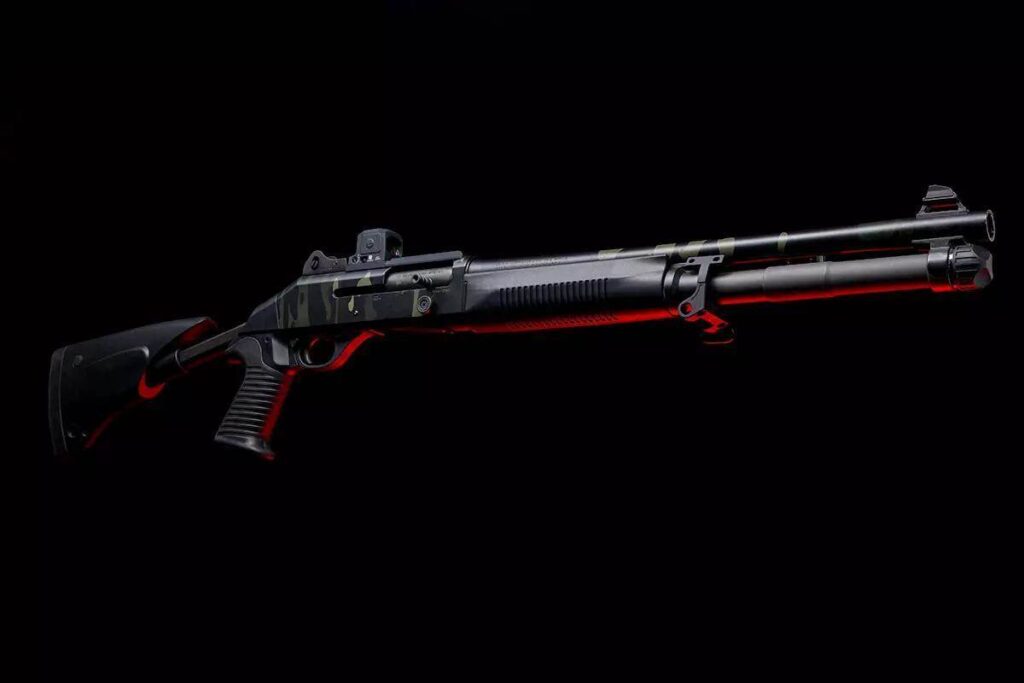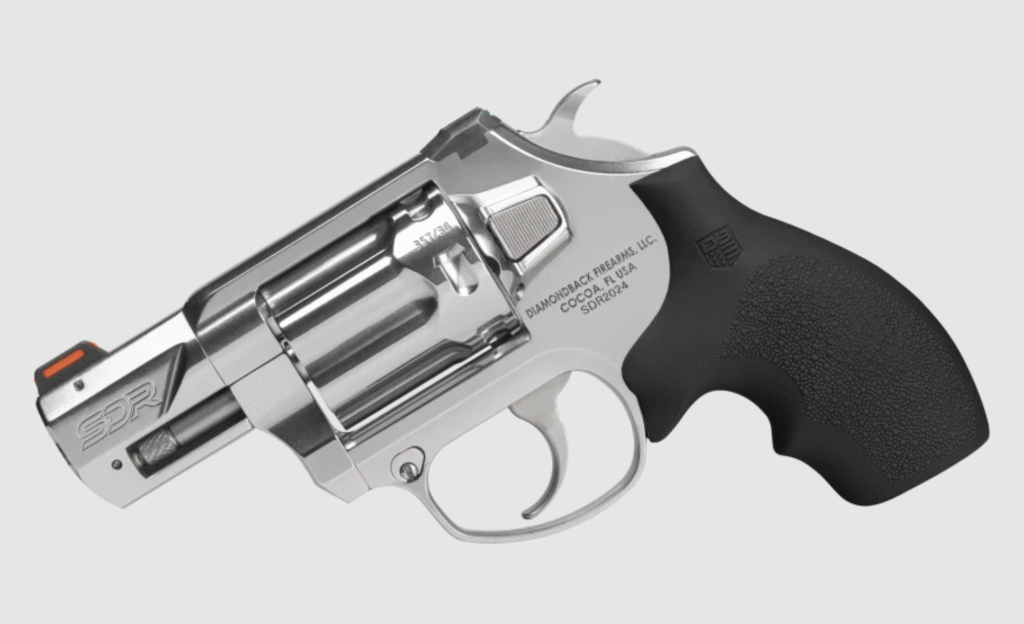Gabriel White, a respected instructor in the defensive training community, has a signature shooting-skills battery colloquially known as the Gabe White Standards. Officially known as “Technical Skills Testing,” under his own curriculum, this battery of tests is an amalgamation of four basic “stand-and-deliver” exercises. They consist of the classic Bill Drill, the classic Failure To Stop drill (aka the Mozambique), Immediate Incapacitation, and a Split Bill Drill.
Cleaning the Gabe White Standards with proficiency and a low time involves nothing other than drawing and expertly shooting the target. None of the components under the Technical Skills Testing/Gabe White Standards call for performing reloads or any other actions besides drawing and shooting efficiently.
White’s instruction and curriculum are organized around defensive handgun shooting. So, the impetus for assigning those four exercises to compose his standards is rooted in the fact that these exercises resemble reasonable motions that a self-defense practitioner may engage to defend themselves with a firearm against a single assailant. This comes from White directly.
Advertisement — Continue Reading Below
On the other hand, I’ve also found that shooting the Gabe White Standards successfully also translates over to pure pistol shooting skills. To make my point clear, being able to negotiate the Gabe White Standards with a high score is indicative of being in possession of solid pistol mechanics at a fundamental level.
The four different drills intertwined into the assessment all call into play all of the fundamentals of handgun shooting. These include an impeccable draw, the proper grip, expert trigger control, target transitions/pacing, and a level of consciousness to keep track of the required round counts. Extra shots aren’t permitted under Mr. White’s ruleset.
Breakdown of Gabe White Standards Drills, Scores And Categories
A complete run of these standards requires 17 rounds, and they are gun agnostic. However, since his material focuses on self-defense, the idea is to qualify with a defensive pistol(s).
Advertisement — Continue Reading Below
These are the four exercises that make up the Gabe White Standards in the correct order:
- The Bill Drill (six shots to the body)
- Failure To Stop (two shots to the body and one shot to the head)
- Immediate Incapacitation (two shots to the head)
- The Split Bill Drill (four shots to the body and two shots to the head)
Shooting The Standards
Shooting Gabe White Standards only requires a single standard USPSA metric or standard IDPA paper target—or any facsimile thereof—at a distance of 7 yards. Other than headshots, everything can be fired at the standard down-zero area or the 6×11” A-Zone. For the head scoring zone, the 4” circle found on IDPA targets will suffice. However, the secondary “credit-card” A-Zone on USPSA targets is too small, so either a 4” circle or 3×5” index card can be used.
Shooters have flexibility in starting position: they can start with hands at sides, the surrender position, or with hands held at high torso. Once the timer goes off, extra makeup shots aren’t allowed, and scoring the Gabe White Standards is very straightforward.
The primary means of scoring the standards are time-based (think IDPA “Time Plus” scoring), so the time required for each run is the chief means of keeping score. Missed shots can incur penalties, and every Down-1 or C-zone hit incurs a ¼ second time addition. Outer D-zone hits incur cost 1 second, and complete misses add 2 seconds.
Advertisement — Continue Reading Below
Any missed headshots that land in the body portion of the target still count as -2 second misses. However, White gives shooters clemency, so body misses that land in the head scoring area count for score. One would do best to avoid any misses as incurring an extra 2 seconds per miss leads to failed scores.
The drill’s regular times scheme is intended for shooters using a standard OWB belt and holster. However, for those shooting from Level 3 retention duty holsters for concealment gear they get a ¼ second reduction as a handicap for each run.
The “Pin” Award
When training with Gabe White, his students get two opportunities to shoot this battery. When all is said and done, the best four independent times from the eight different drills are picked for scoring. These will determine whether the student is eligible for a “Pin” award.
Advertisement — Continue Reading Below
The hardest “Pin” to win is the Turbo Pin, which essentially requires a consistent “draw to first shot” in one second or less, along with solid 0.20-second splits on the first and fourth movements. The runners-up to the Turbo Pin are the Light Pin and Dark Pin. Make no mistake, the average handgun shooter in this country probably can’t shoot a Dark Pin qualifying score.
Recent Experiences
I recently humbled myself by shooting the Gabe White Standards with different handguns, including the Beretta 92X Performance, my polymer-framed full-size Walther PDP, and the steel-framed Walther PDP. Of course, extra pistol practice is always welcome. While I cannot earn any pins unless I’m taking a class with Mr. White, I wanted to see where my skills currently stand. It’s somewhere between Dark and Light pin territory, according to my times.

Advertisement — Continue Reading Below
For my personal circumstances, Gabe White’s Standards are also useful for the purpose of reviewing pistols. Much information can be deduced from having to shoot a pistol so spiritedly, especially with regard to how well its slide tracks and how it behaves during a barrage of aggressive splits.
In a similar vein, I’ve relied on these standards to observe and evaluate the ZR Tactical aftermarket recoil spring assemblies for my pair of Walther PDPs and how these guns “feel” with these different springs and RSAs.
What better way to get a feel for guns you’re already familiar with than by shooting an assessment that involves drawing, shooting rapidly at large targeting zones, and also taking more discerning shots at smaller, more critical areas under the pressure of a timer?
Advertisement — Continue Reading Below















